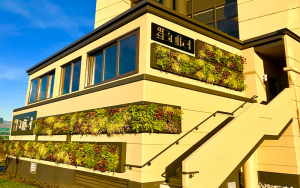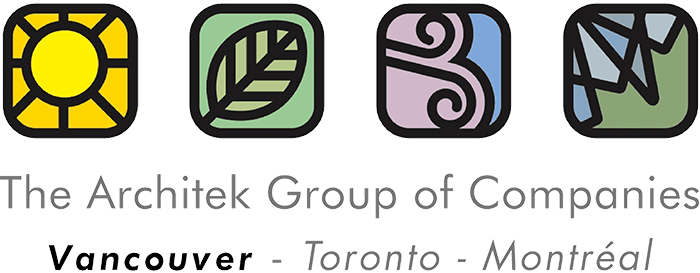Last December at the CitiesAlive! green roof conference in Vancouver Canada, Cornelia Oberlander accepted a well-deserved GRHC Lifetime Achievement Award for her pioneering work in living architecture and promoting its role in modern urban society. So later during the conference, I had to smile when prompted by another colleague’s enthusiasm regarding the prospect of the five-dollar per square foot green roof arriving in North America – Ms. Oberlander once again shared her thoughts on how green roofs mean so much more for our quality of life, our sense of community space and, therefore, should not be measured in economic terms alone; a singular message she has spread since the 1950s.
I believe there is an urgent need for us to collectively re-think our passion for living architecture to discover new ways of making the business case for the private sector, which is primarily driven by return on investment.
We need to make a better business case to the private sector which builds, owns and operates billions of dollars of real estate every year on the basis of economics. Does this mean we only need to make green roofs and green walls cheaper to get their business? While that is a start, there are other economic factors that living architecture professionals can use to build a financial case to support their recommendations including:
1. Longer-term ROI projections:
Five-to-seven-year return models are just one point of view where sustainable buildings are concerned. When amortized over longer terms, many cost vs. benefit comparisons start making sense. Engineered green roof systems can triple and even quadruple the lifespan of roof membranes meaning that they do not need to be replaced as often – a significant capital-cost saving over decades.
2. Integrate green technologies for better performance:
Combine green building technologies in new ways that increase performance and save money. For example, solar panels mounted on green roofs and irrigated by rainwater harvesting systems make a powerful combination that offers significant cost, performance and environmental benefits, even in the short term.
3. Thermal performance studies:
Whole-building thermal energy studies measure the real effects of living architecture on a specific building envelope. These indicate real cost savings on cooling loads, building envelope longevity and stormwater savings. While expensive and time-consuming, this might be just the thing that a larger client needs to make a decision to go green.
4. Carbon offsetting:
Green roofs generate carbon offset credits that can be sold on carbon trading exchanges. By assigning their credits to an offsetting company, building owners can generate revenue. At present this is only feasible for large-scale projects but protocols are being developed to combine smaller installations to pool the revenue among smaller projects.
5.Traditional vs.sustainable building costs:
There are increasing indications that the cost premium to build a green building compared to a traditional construction building is not as high as widely thought. Moreover, this cost premium translates into significantly higher property valuations and reduced operating costs.
6. The HR health and productivity factor:
Corporate tenants will often pay a rental premium to locate their operations to a green building rather than a traditional construction building. Whether it is real or pseudo-science, the perception among many tenants is that green buildings make happier and more productive employees with lower employee turnover rates.
7. Government incentives:
Research available programs and present any financial contributions with your recommendations
8. Public relations:
While not directly financial in nature, companies love to position themselves as conscientious corporate citizens. Outline the specific environmental benefits that they can use to promote their green project.
If the private sector is the future of our industry, we must learn to speak their language, and that is the language of business based on cost, return, and profit and loss. Cornelia Oberlander has dedicated her lifetime to help people understand why they should do it; today, it is now up to all of us to better demonstrate living architecture is also good for the long-term balance sheet.
Download original article as PDF





